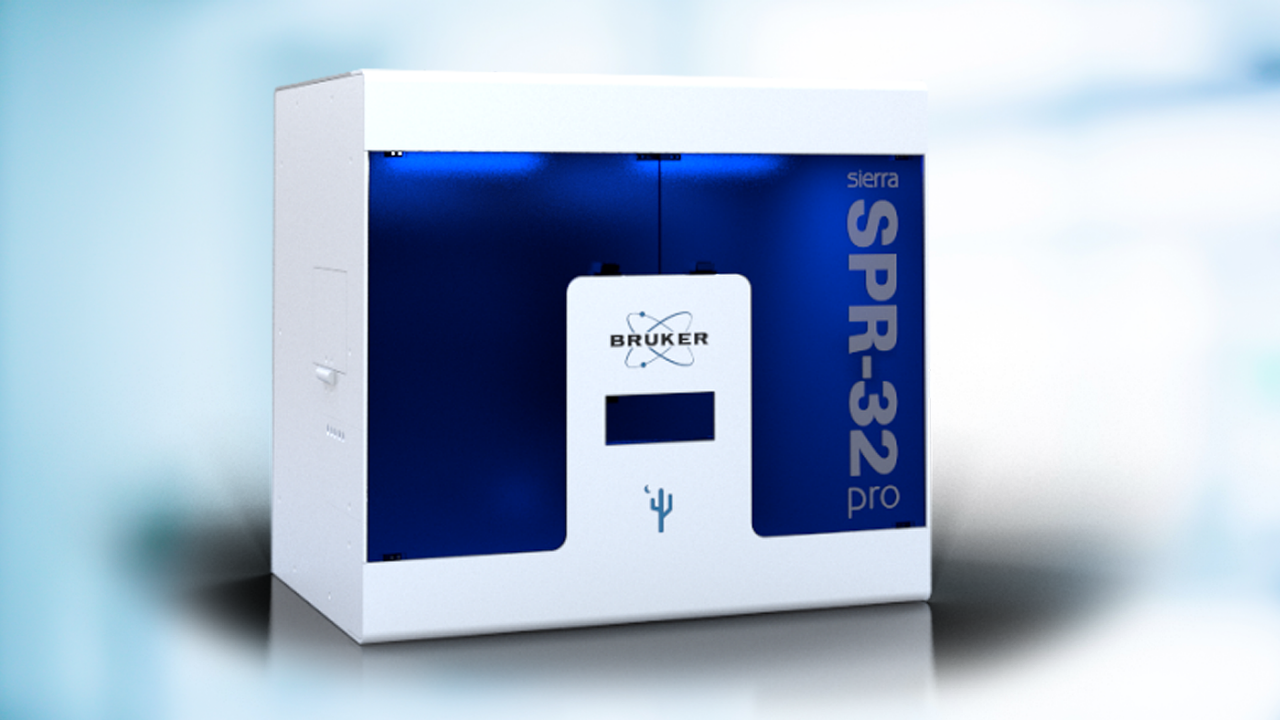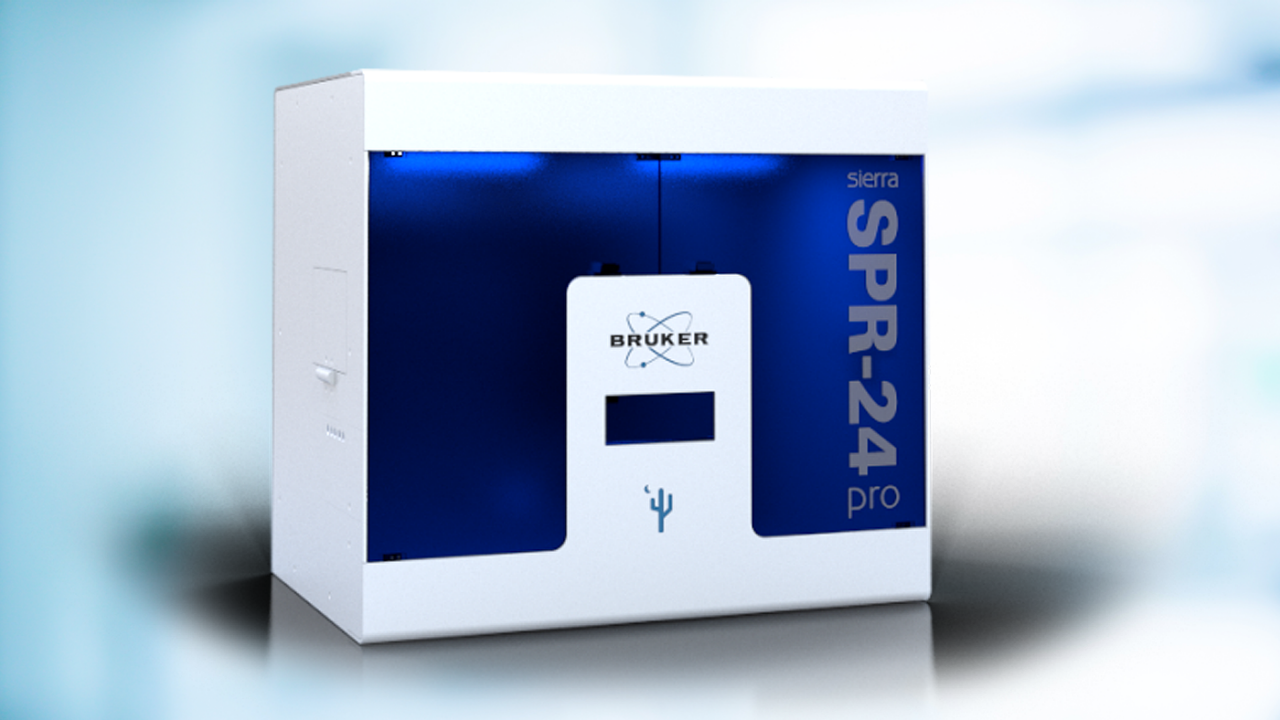高通量分析的表面等离子体共振
高性能,高通量检测分子相互作用
表面等离子体共振(SPR)是一种基于光学的无标签的检测技术,用于实时监测两种或多种分子之间的结合相互作用。SPR平台的吞吐量,灵活性和敏感性使研究人员能够在任何结合研究中表征生物分子相互作用。可以从离子,片段和小分子到蛋白质和病毒来研究各种分子。SPR技术提供了亲和力,动力学和热力学等生物物理数据。
SPR-based analytical biosensors are powerful tools in the characterization of molecular interactions. The combination of three elements – the detector, the sensor surface and the sample delivery system – are critical to the performance of the experiment.
Real-time label-free optical detection
Binding interactions between a molecule on the sensor surface (ligand) and its binding partner(s) in solution (analyte) are monitored in real-time by SPR.
SPR使用一系列全内反射,并导致从传感器表面的玻璃侧以特定角度反射的光强度的降低。随着分子结合,靠近表面的折射率变化导致最小反射强度的角度的变化。角度的变化与绑定材料的质量成比例。典型的输出是传感器图,其作为时间的函数监视角度的变化。
SPR+ Detection
Sierra Spr.®-24/32 Pro employs the Surface Plasmon Resonance imaging detection called SPR+. SPR+enables the imaging of 2-dimensional arrays with a level of detection sensitivity normally restricted to linear arrays. SPR+derives its high sensitivity by combining traditional SPR imaging with high intensity laser light and high speed optical scanning. The intensity of the light source permits the use of high-speed cameras, which in turn permit more resonance measurements per scan. The net result is lower RMS noise and improved accuracy when measuring small response changes.
User-friendly sensors reduce assay variability
Sierra SPR系统中使用的传感器是安装在易于处理的墨盒上的镀金棱镜。该设计使安装直接,消除了与用户相关的测定变化。SPR需要的金表面可以用自组装的单层涂覆以阻止蛋白质的非特异性结合,并促进分子附着到表面上。随着各种应用的分析生物传感器的效用,各种各样的表面互联化学品越来越拓宽。
Novel continuous flow microfluidics
Sample delivery to the sensor surface via a continuous flow microfluidic device yields the most accurate binding measurements. For reproducible sample delivery, the Sierra SPR®-24/32 Pro system utilizes proprietary Hydrodynamic Isolation (HI) technology. HI is a method for presenting small, yet highly discrete fluid volumes, to isolated locations on a two-dimensional surface contained within a flow cell under laminar flow. Location-specific fluid addressing within the flow cell is facilitated by combining components of hydrodynamic focusing with site-specific evacuation. The process does not require the use of physical barriers within the flow cell or mechanical valves to control the paths of fluid movement, thereby permitting high-throughput multiplexing or the construction of two-dimensional arrays with individually addressable detection spots.
应用程序of Surface Plasmon Resonance
Sierra SCR Pro系列是一种高性能,高通量分析生物传感器,用于实时,在各种应用中的分子相互作用的无标记表征。
Investigation of condition-dependent binding using frame inject
The traditional investigation of condition-dependent binding demands high reagent costs as well as lengthy run time. Frame inject delivers cost and time savings at low sample consumption.
如何影响配体density using amine coupling
Finding the ideal immobilization level to obtain optimal kinetic measurements is critical. Here we examine the influencing parameters on different example targets.
Screening and characterization of small molecule binding to protein targets
Real-time, label-free (RT-LF) analysis by SPR detection is a powerful tool for the biophysical characterization of small molecule drugs and drug candidates.
Screening and characterization of biotherapeutics
Real-time, label-free (RT-LF) analysis by SPR detection is a powerful tool for the biophysical characterization of protein therapeutics.
Tackling Challenging Targets with High-Throughput Biophysical Screening at Novartis
Learn in this note how multiplexing, automation and automated data analysis take SPR to the next level in this real-life example.
Literature Room Surface Plasmon Resonance
For Research Use Only. Not for use in clinical diagnostic procedures.




